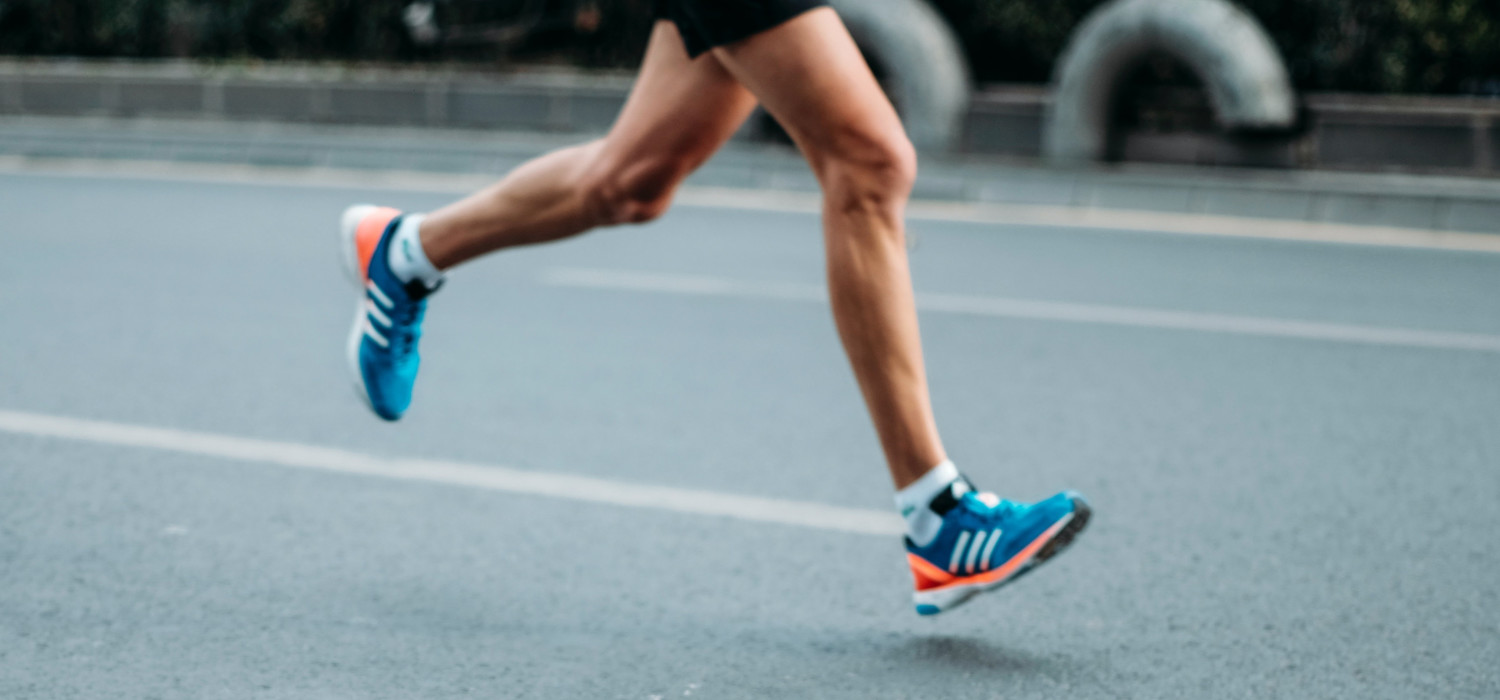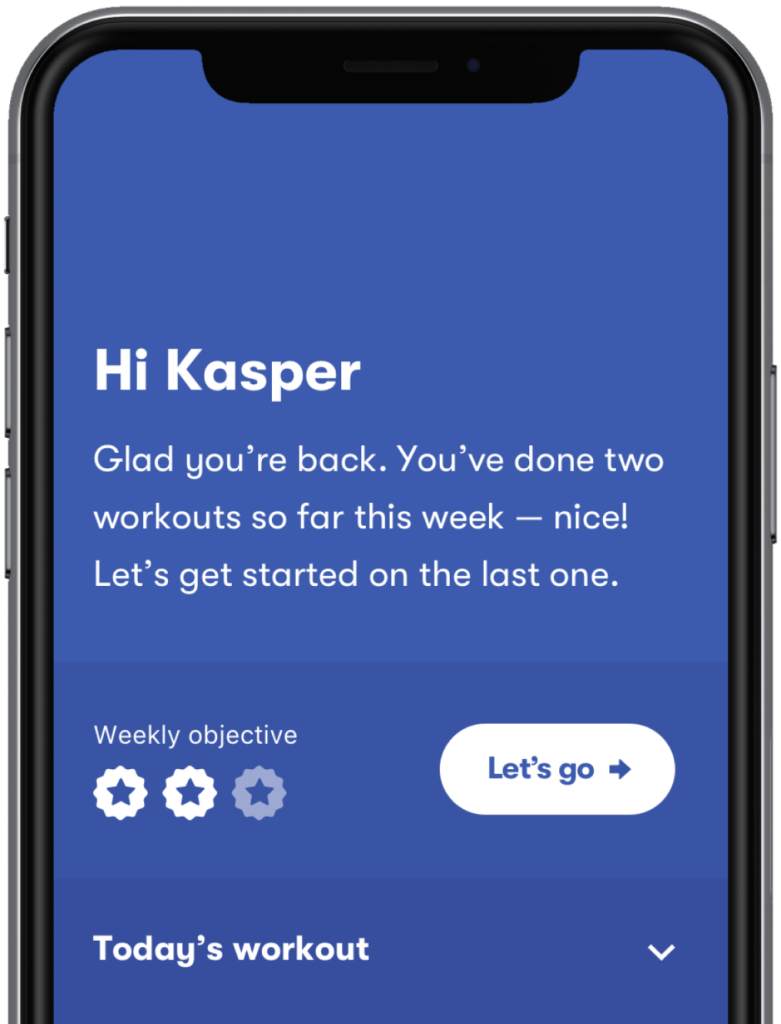Most people know that running has physical benefits. It gives you killer legs, improved heart health, and increased stamina. It’s a natural high. It’s a form of meditation. You can do it (almost) anywhere because it doesn’t need any special equipment.
If you love running, anything that keeps you from doing it can be frustrating. Runner’s knee is one such condition. It is the common term used to describe any one of several conditions that cause pain around the kneecap, also known as the patella. These conditions include patellofemoral pain syndrome and iliotibial band syndrome. Runner’s knee is quite common and accounts for 25 percent of all injuries in runners.1
At Injurymap, we realize that the pain from runner’s knee can force you to stop running temporarily. Thankfully, there are exercises you can do to get relief from the symptoms. With this informative guide, we want to help you understand runner’s knee and learn how to prevent it. Please remember this information is meant for guidance only. Always seek medical care if your knee pain is severe or does not improve with home exercises.
Content:
- What is runner’s knee?
- Causes of runner’s knee
- Symptoms of runner’s knee
- Recovery time
- Diagnosis of runner’s knee
- Treatment
- Other treatments for runner’s knee
- Complications
- Prevention of runner’s knee
- When to see a doctor
- Strength training can relieve pain from runner’s knee
What is runner’s knee?
Before we understand runner’s knee, let’s take a quick look at the structure of the knee joint. The knee is a large, complex, weight-bearing joint. It is formed by the lower end of the thigh bone and the upper end of the shin bone along with the kneecap. Several strong ligaments and muscles hold the bones together and allow smooth movement.
Other structures also make knee movement easier. For example, a fat pad beneath the kneecap acts like a shock absorber. The kneecap rests in a groove in the thigh bone. It slides back and forth when you bend and straighten your knee. This is called patellar tracking. The cartilage that lines the knee joint allows the bones to glide without friction.2 A problem with any of these structures can lead to knee pain.
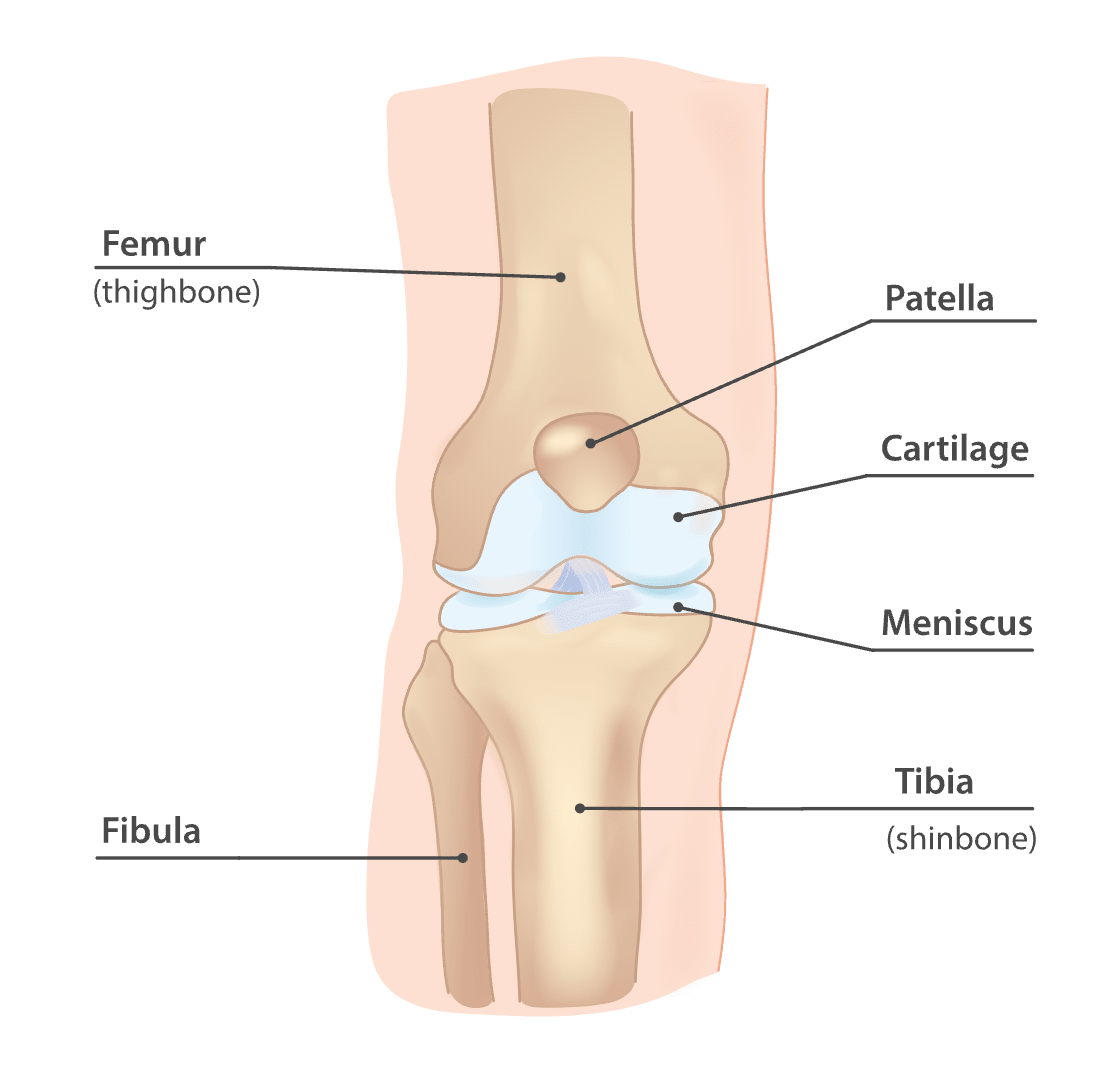
Runner’s knee (also called patellofemoral pain syndrome) is a running-related injury that causes knee pain. The condition is common in runners and can prevent you from training. The condition typically causes a dull ache in the front part of the knee, just above or behind the kneecap (patella). In this area, the knee joint connects to the lower end of the thigh bone (femur).3 Hence, the medical term patellofemoral pain syndrome.
Causes of runner’s knee
You can develop runner’s knee for various reasons. Sometimes the problem is structural, i.e., how your knee joint or muscles are built. For example, you can get runner’s knee if:1,2,3
- Your kneecap is placed too high in the joint. The poor alignment of the kneecap can lead to excessive wear and tear of the lubricating joint cartilage. This, in turn, can lead to knee pain.
- Your kneecap doesn’t move properly in the groove when you bend and straighten your knee.
- Your quadriceps (front of the thigh) muscles are weak. These muscles help to keep the kneecap in its groove. Weak quadriceps can cause poor tracking of the patella.
- You have poor flexibility due to tight hamstrings (the muscles at the back of the thighs).
- Your Achilles tendon (heel cord) is tight.
Other causes of runner’s knee include:
- You have poor foot support in your running shoes.
- Your running stance rolls the feet in while your thigh muscles pull the kneecap out.
- You’re overusing your knees with intense training.
- You’ve suddenly increased the length of your runs or the number of days you run every week.
- You have suffered trauma or injury to your knee.
- You play sports like football or basketball that involve jumping (runner’s knee is also called jumper’s knee).3,4,6
A good pair of shoes and working on your form is essential if you want to stay injury-free while running. Building muscle strength and flexibility can also help you prevent issues like runner’s knee. You can achieve this with a workout program that includes stretching and strengthening exercises for your legs and knees. The Injurymap app has a range of exercises that can help you improve your strength and flexibility.
Symptoms of runner’s knee
The main symptom of runner’s knee is dull ache felt around the kneecap. The pain develops slowly over time.6 You may feel some discomfort immediately after running. The symptoms may also intensify if you’re climbing stairs or squatting. Sitting for a long time, for instance, during a movie or long flight, makes the knee pain worse. The area of the kneecap may be tender to touch.1,3
Another symptom of runner’s knee is a clicking, grinding, or rubbing sound when you’re bending and straightening your knee.If your runner’s knee is due to IT band syndrome, the pain will most likely be present on the outer side of the knee. In that case, the pain will typically occur during running, and vanish as soon as you stop.
It is worth noting that non-athletes can develop runner’s knee as well. The pain and stiffness associated with runner’s knee can make it difficult to do everyday activities like kneeling and climbing stairs.2
Recovery time
Everyone’s body is different. Some runners recover more quickly from injuries, while others take longer to heal. You should expect to take a break from running altogether, or at least cut down substantially on running during recovery from runner’s knee. This is necessary to reduce the load on the knee and allow it to heal.
While you are taking a rest from running, you can do rehab exercises to build strength. Exercising may help speed up recovery and prevent injuries in the future. It may also keep your knee pain-free when you’re ready to increase your running distance and frequency again.
Does runner’s knee go away on its own?
Unfortunately, runner’s knee doesn’t usually go away on its own. A period of rest or reduced running distance is typically needed to get your pain under control. You can use this time to increase your endurance and build muscle strength. Your focus should be on the large muscles of the legs, such as the quadriceps and hamstrings. These muscles are important for knee rehab.5. Don’t forget to include the glutes and hip adductors as well. The Injurymap app has stretching and strengthening exercises for all these muscle groups. You can follow the demonstrations in the app and learn the correct way of doing each exercise.
How long does it take to recover from runner’s knee?
On average, it takes four to six weeks to recover from runner’s knee.5 You can speed up the recovery process by reducing the load on the affected knee and building strength with rehab exercises.
Your healthcare provider will diagnose runner’s knee based on your history and a physical examination. They may order X-rays to look for structural changes in the knee.3
Treatment for runner’s knee
Surgery is very rarely required to treat runner’s knee. Conservative treatment is usually successful in controlling the pain. The most effective treatment for runner’s knee is rest and building strength with exercises. Exercising will allow you to return to running without pain. Besides exercise, other treatments for runner’s knee include:
RICE therapy: RICE stands for rest, ice, compression, and elevation. An ice pack, elevating the leg, and compressing the knee with a wrap can help with symptoms.
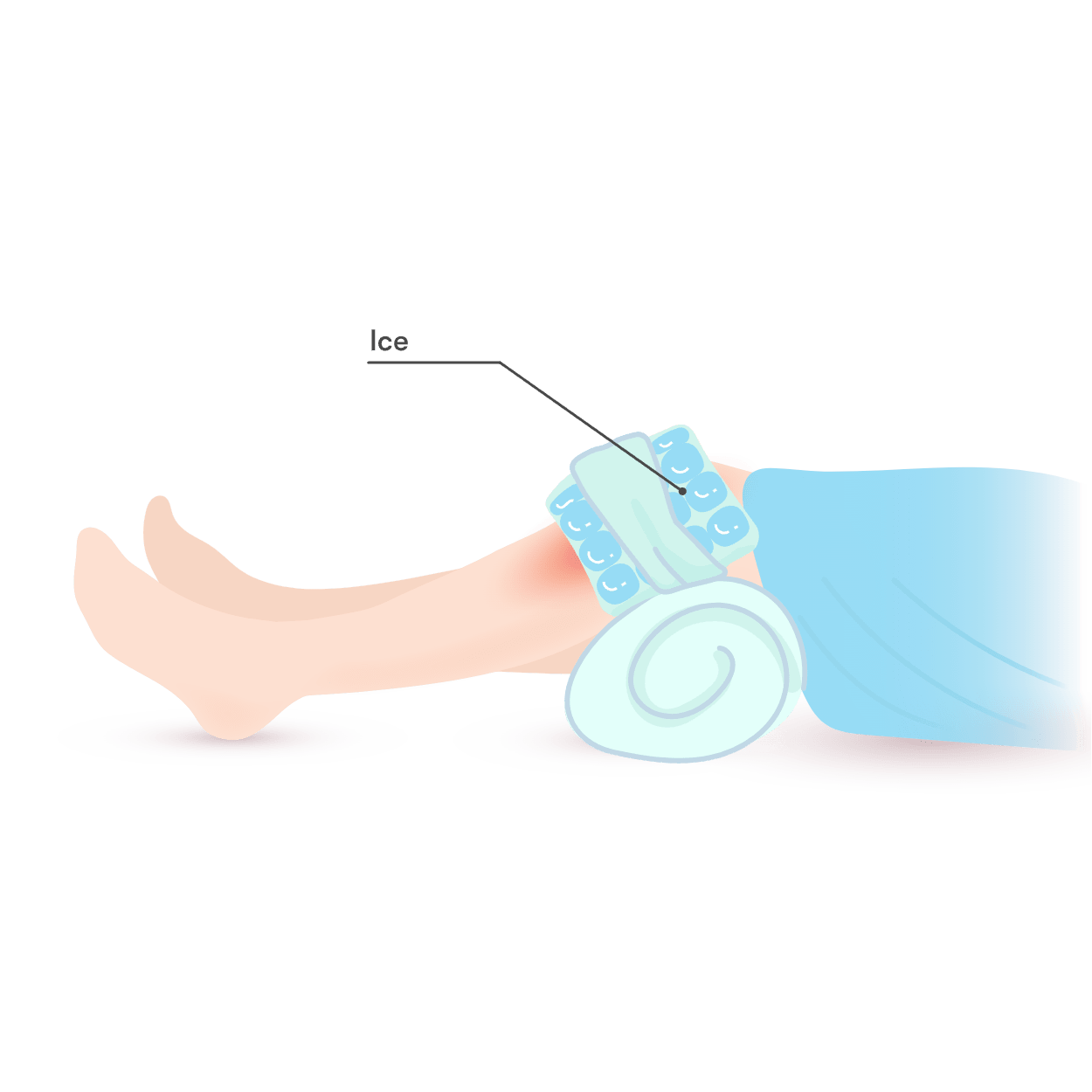
Medications: Over-the-counter pain pills such as acetaminophen / paracetamol and ibuprofen can control runner’s knee pain in the short-term.
Shoe inserts: Arch supports in your shoes may relieve some of the pain from runner’s knee.3
Complications
The good news is that most people can recover from runner’s knee. You can return to pain-free running soon with the proper rehab exercises and conservative treatment. The faster you start treatment and strength-building exercises, the quicker you’ll recover.
Without treatment, runner’s knee due to iliotibial band syndrome can lead to biomechanical abnormalities of the leg as you attempt to compensate for the pain. Rarely, runner’s knee can lead to complications such as permanent damage to the knee cartilage.6
Prevention of runner’s knee
f you love running, you can prevent runner’s knee by building muscle strength. Always remember to stretch before you start your run. It’s also a good idea to lose any extra weight to reduce stress on your knees. Increase your running distance and speed gradually. Run on soft surfaces as far as possible. Wear good quality and well-fitted running shoes. 1 Your running shoes should fit your feet like socks, without any room for movement. They should have good cushioning to reduce the load on the joints. The running shoe material should be lightweight, breathable, and combine support with flexibility
When to see a doctor
Knee pain from runner’s knee can usually be treated with home exercises. But if your pain continues for more than 2-3 weeks, you should get it checked out.6 There are many possible reasons for your knee pain besides runner’s knee. Conditions such as IT band syndrome and meniscal cartilage tears can also cause knee pain in runners.
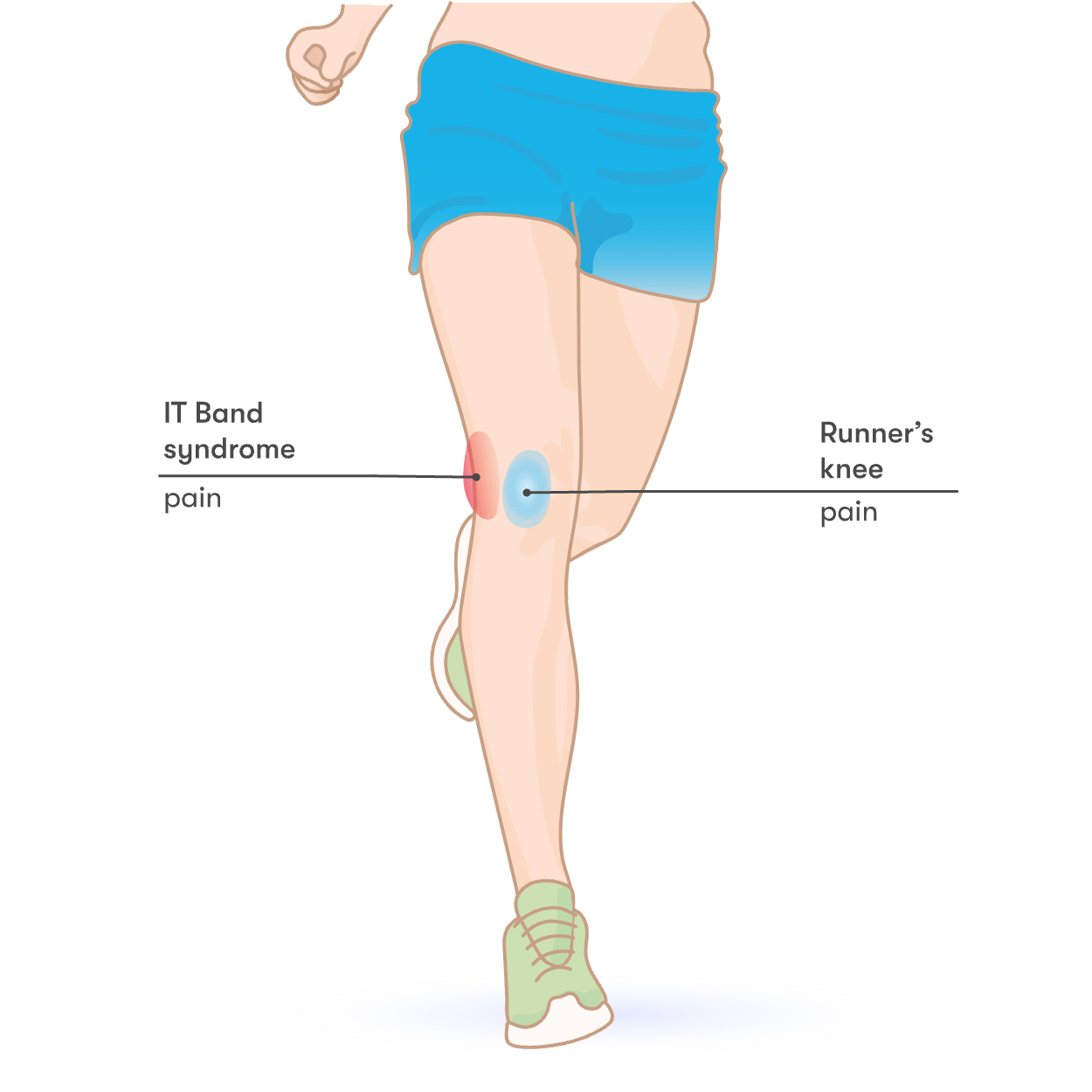
A healthcare provider will be able to diagnose the problem and prescribe the correct treatment. You should see a doctor for knee pain if you have:
- Significant swelling in the knee.
- Redness, tenderness, or warmth around the knee joint.
- Fever.
- Intense pain that does not get better with pain medications.
- Visible joint deformity.
- Inability to bear weight on the leg.
It is usually safe to observe minor knee pain at home and take self-care measures. But do not delay seeking professional medical care if you have any of the above symptoms.
Strength training can relieve pain from runner’s knee
With every mile you run, you perform more than 1500 single-leg squats.6 That’s quite a workout for your knees! It’s no surprise then that your knees are at risk of getting injured. Runner’s knee is a common injury among runners. The condition can be painful and can keep you from training as much as you’d like. Fortunately, you can recover from runner’s knee with conservative treatment. A change in activity level and a therapeutic exercise program can have you back to running, pain-free, in a few weeks.
The Injurymap app has several effective workout programs that you can do at home. There are exercises for general fitness and weight loss, as well as exercises that target specific muscle groups. Use the Injurymap app to work on your leg muscles and keep your knees healthy and injury-free. The right exercise routine will ensure you can run to your heart’s content without issues like runner’s knee.
